'Total work of art': Taschen's single volume Frank Lloyd Wright monograph
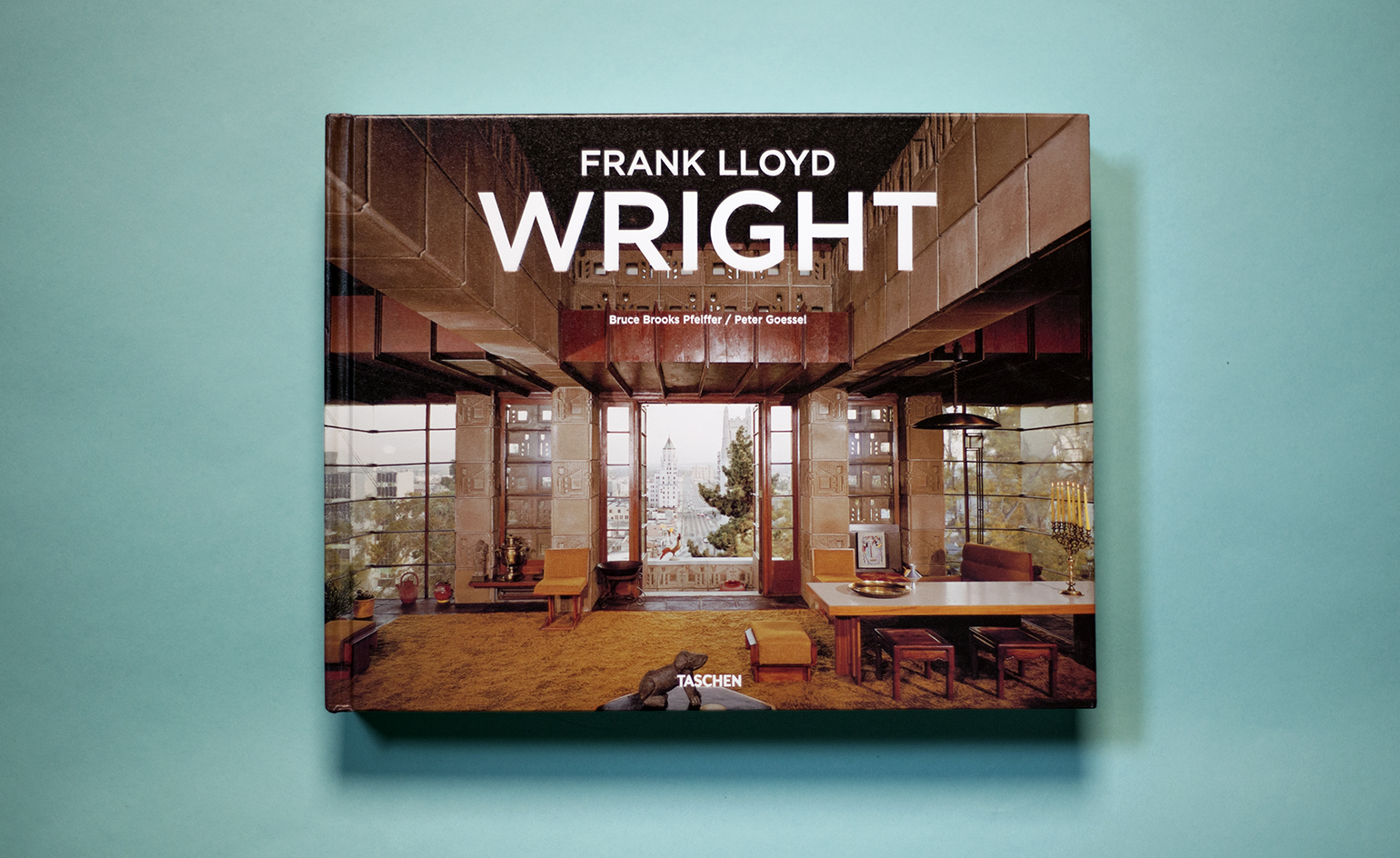
FLW used to be a mainstay of the architectural publishing industry. In the pre-digital era, before the monograph became the calling card of the emerging practice and not a studious look back at a lengthy career, the most popular architect in the ‘design’ section was the irascible, foppish, arrogant but eternally creative Frank Lloyd Wright, a man whose career spanned seven decades and over 500 buildings.
Wright’s enduring popularity is down to many factors, his quality of work notwithstanding. He was a skilled self-publicist, the author of many books. He cultured a guru-like following amongst his staff and students, especially at the Taliesin schools he established. His ‘total work of art’ approach extended down to the smallest detail, creating houses of such visual richness, craftsmanship and invention that they stand apart from the art movements that may or may not have influenced them. And his presentation was second to none. In addition to 500 completed works, there were as many unbuilt, all surviving in the characteristically beautiful drawings and watercolours that he used to seduce clients and historians alike.
Bruce Brooks Pfeiffer is our era’s pre-eminent Wright specialist, having begun his career as Wright’s apprentice. Now archives director at Taliesin West, he has access to hundreds of thousands of documents, allowing this monograph to be a masterful summation of FLW’s long career. Compiled from Taschen’s vast three-volume oeuvre complète, this single volume is a greatest hits and more, covering everything from the elegant houses built around Chicago’s Oak Park, with their long, low ‘Prairie Style’ proportions and elaborate detailing, through to the pioneering Larkin Administration Building – oft cited as the world’s first modern office block – and the more expressive, space age futurism of his later work. There is more than enough here to make this the ultimate compact work on a definitive character in architectural history.
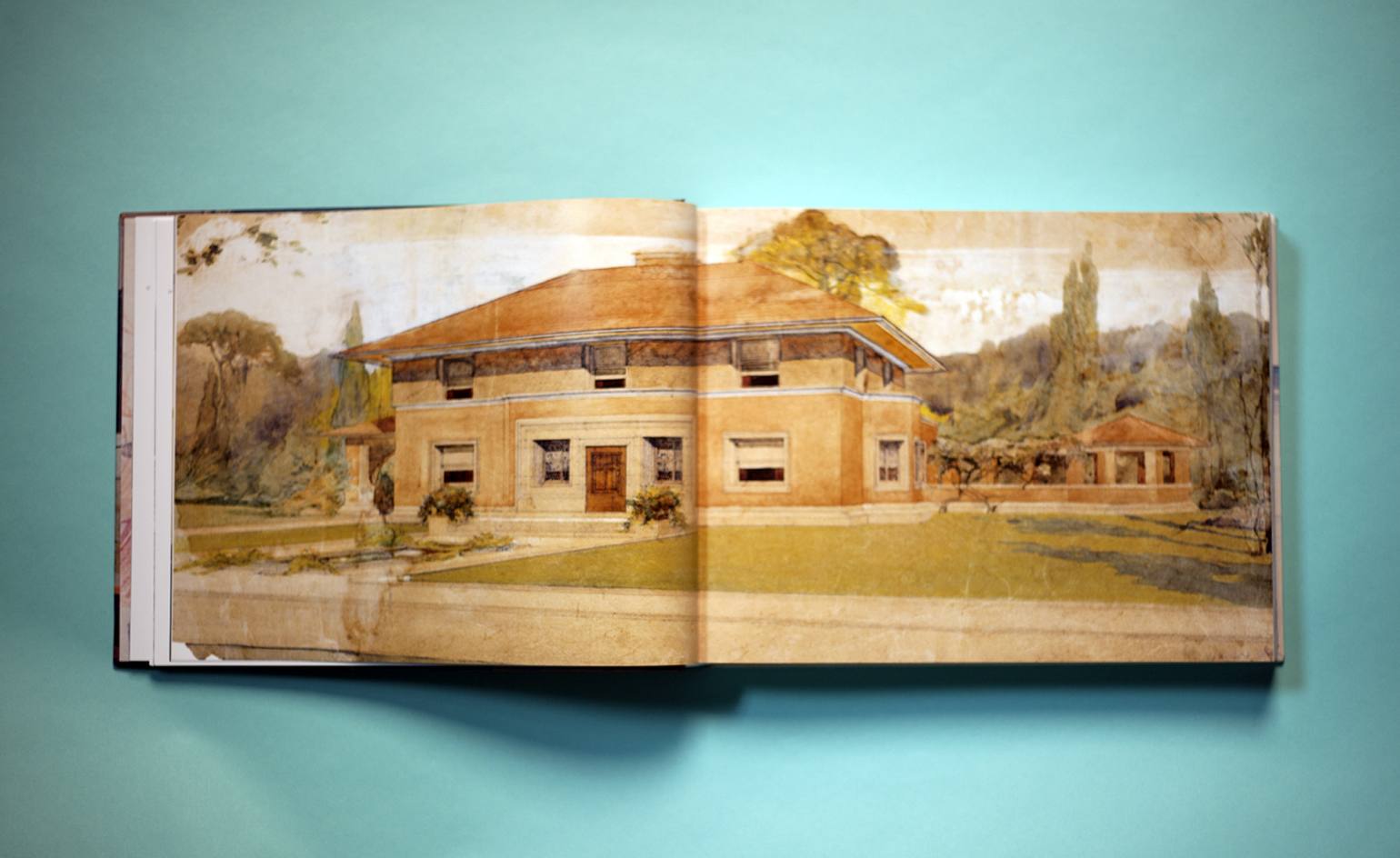
From the book: William Winslow House, River Forest, Illinois, 1893. This was Wright's first realised commission as a recognised independent architect and anticipates his later homes for the Midwest American prairie. Pictured here is the perspective drawing
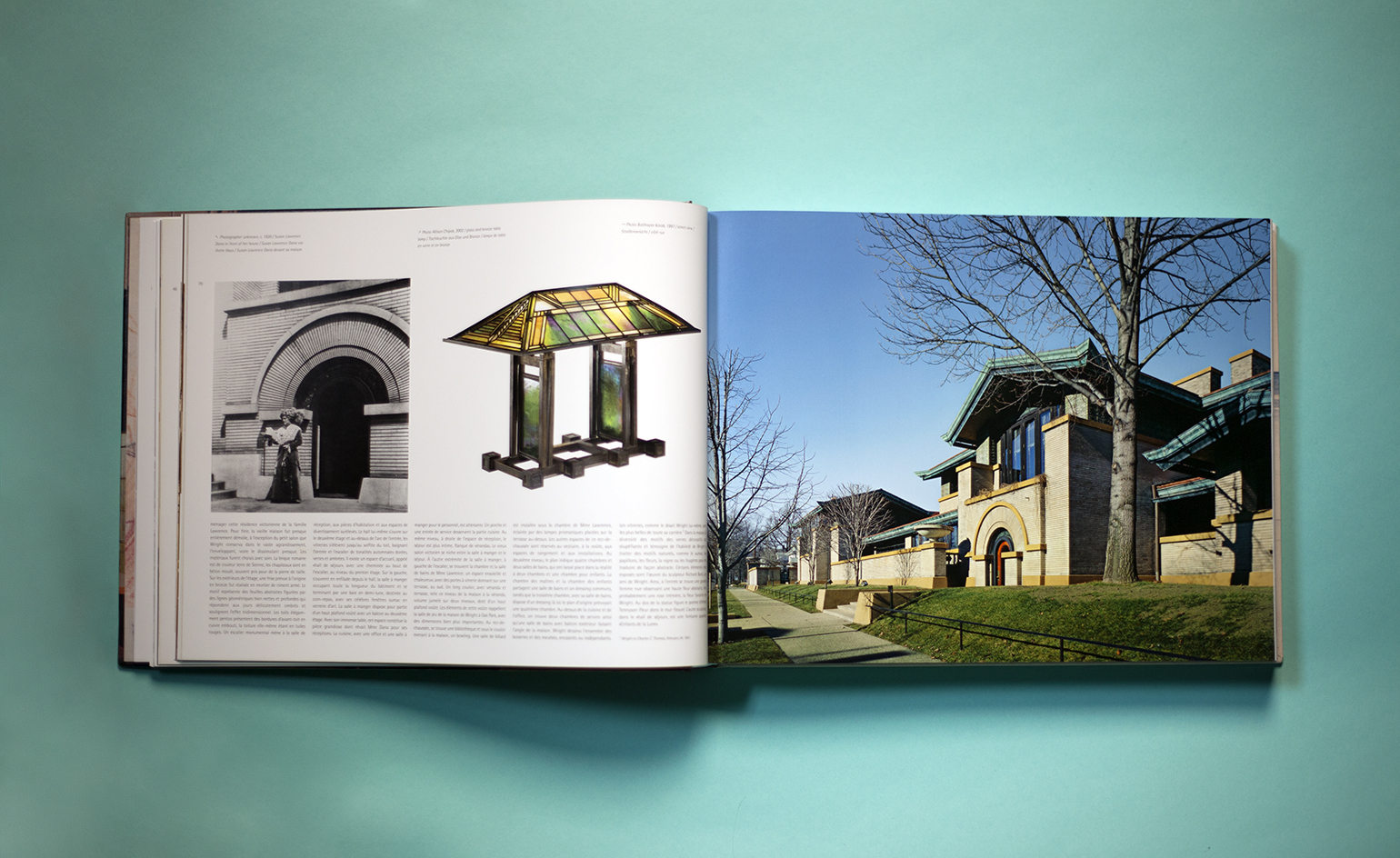
Susan Lawrence Dana House, Springfield, Illinois, 1902. From left: Susan Lawrence in front of her house; glass and bronze table lamp, 2002. Right: street view of the house, 1997
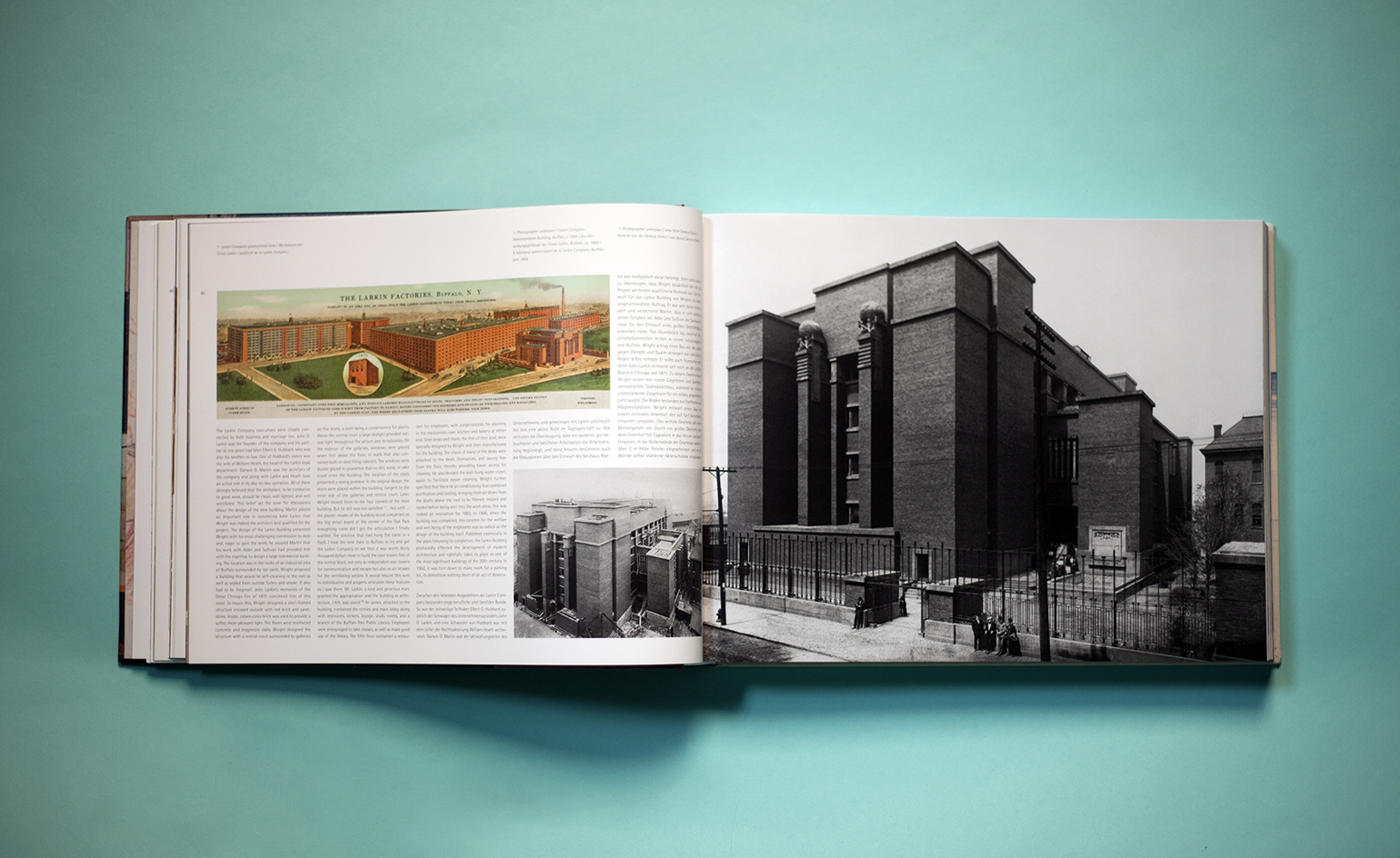
Larkin Company Administration Building, Buffalo, New York, 1903 – Wright's most challenging commission to date. Left: a promotional item for the building. Right: a view from Seneca Street
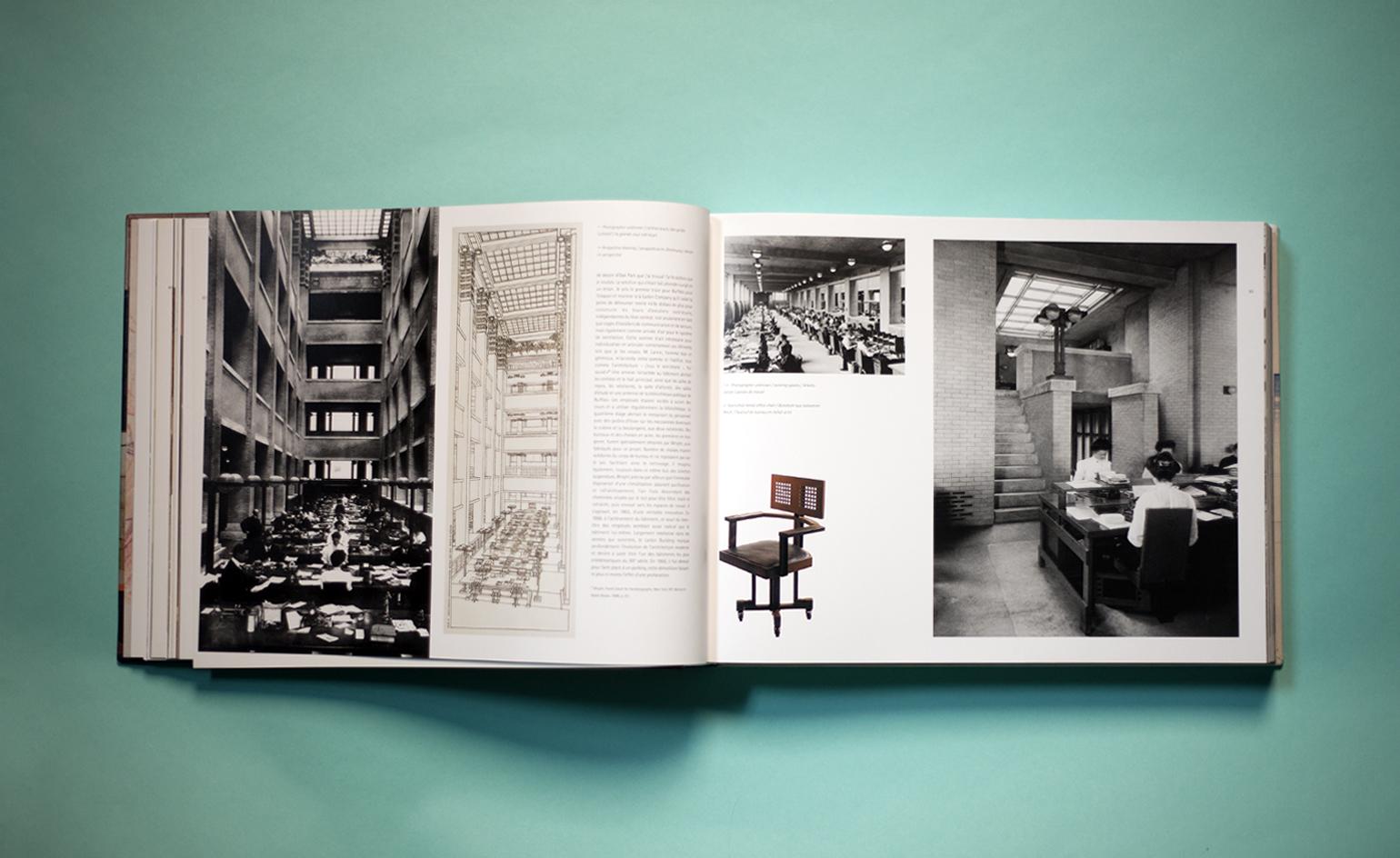
Inside of the Larkin Company Administration Building. Left: central court and the initial perspective drawing. Right: working spaces and a varnished metal office chair
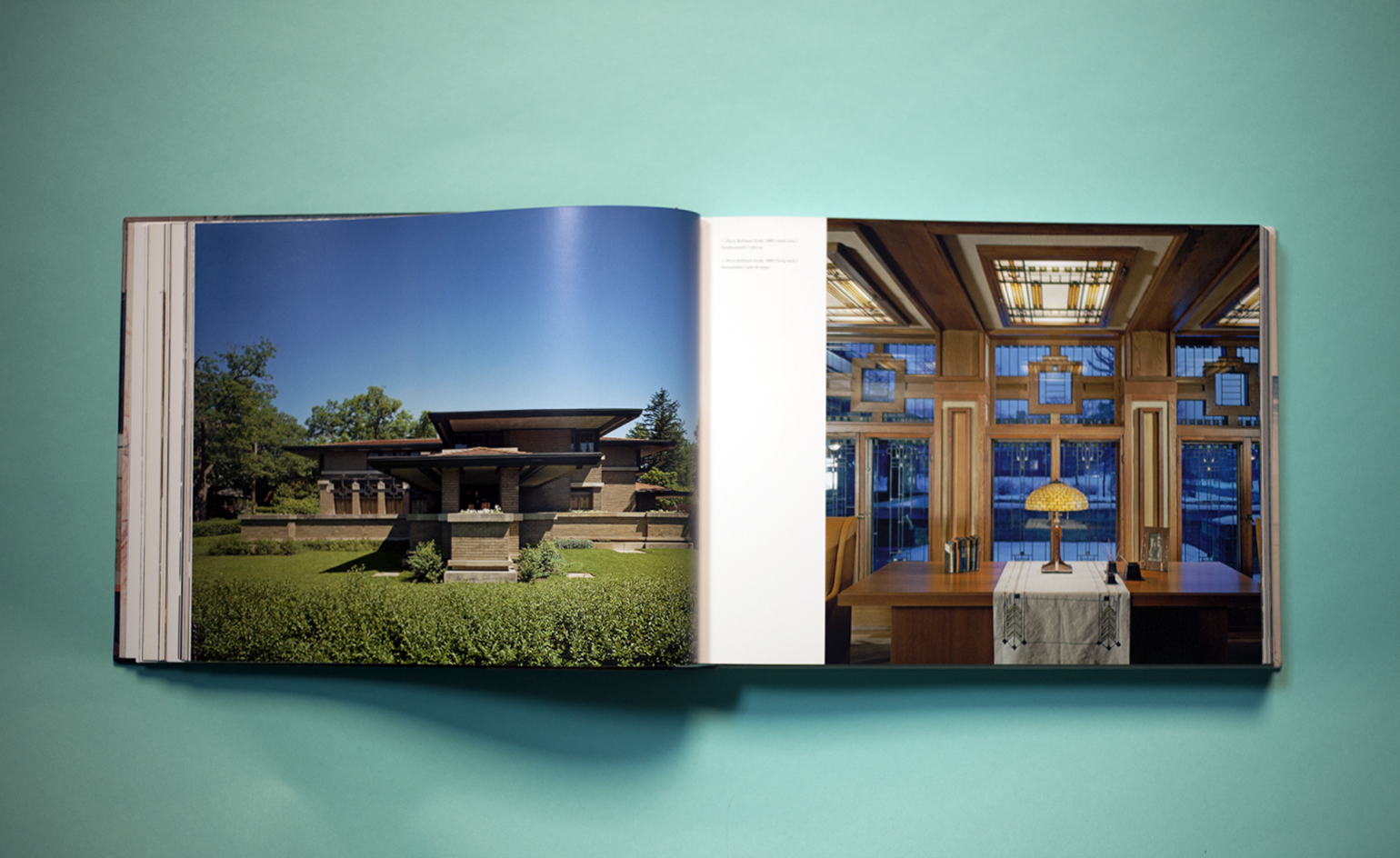
Meyer May House, Grand Rapids, Michigan, 1908. The architect has made the movement within the building circuitous. Left: the street view of the house in 1989. Right: the elegant living room.
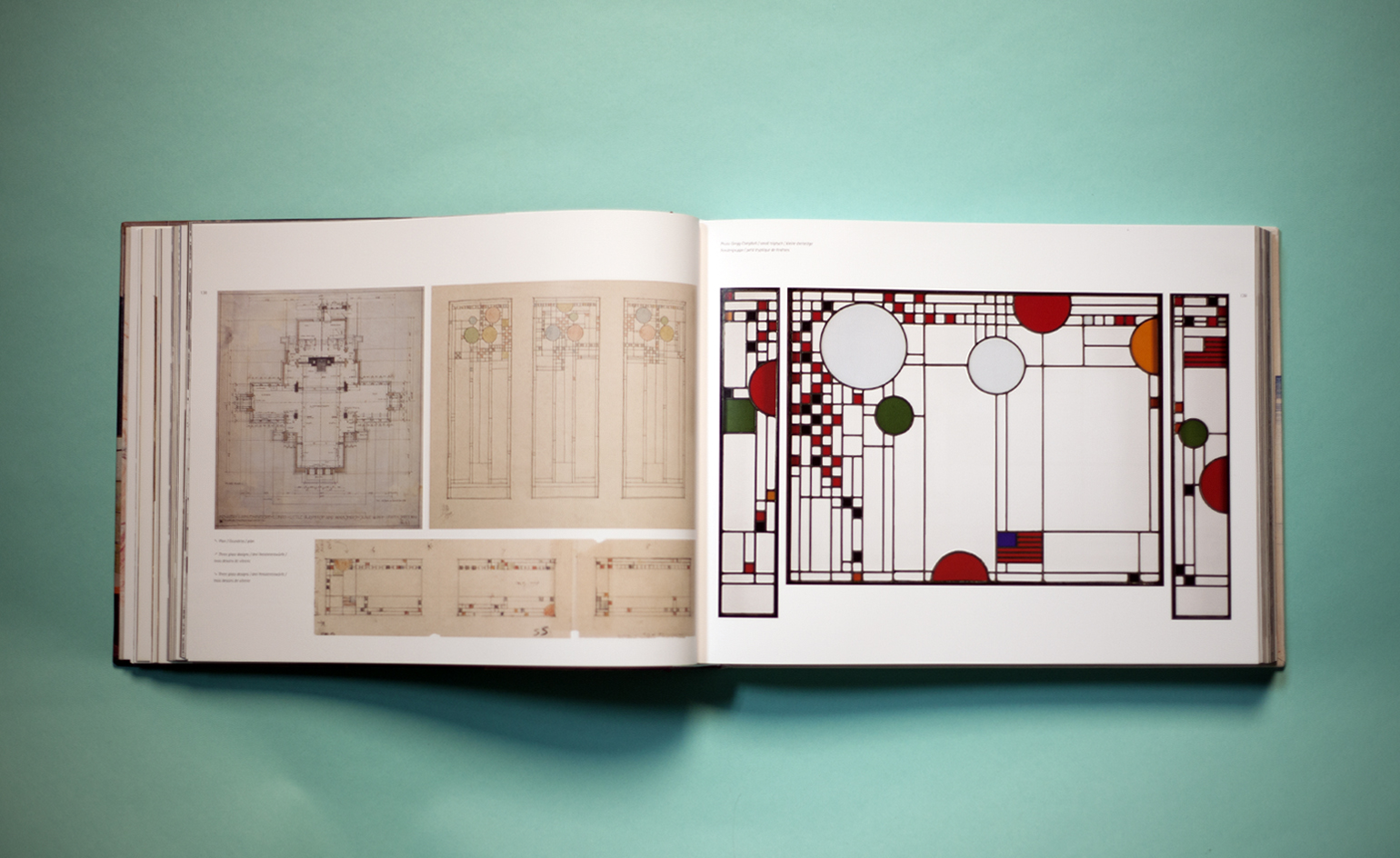
Avery Coonley Playhouse, Riverside, Illinois, 1912. Left: glass designs for the windows. Right: the small triptych colour design.
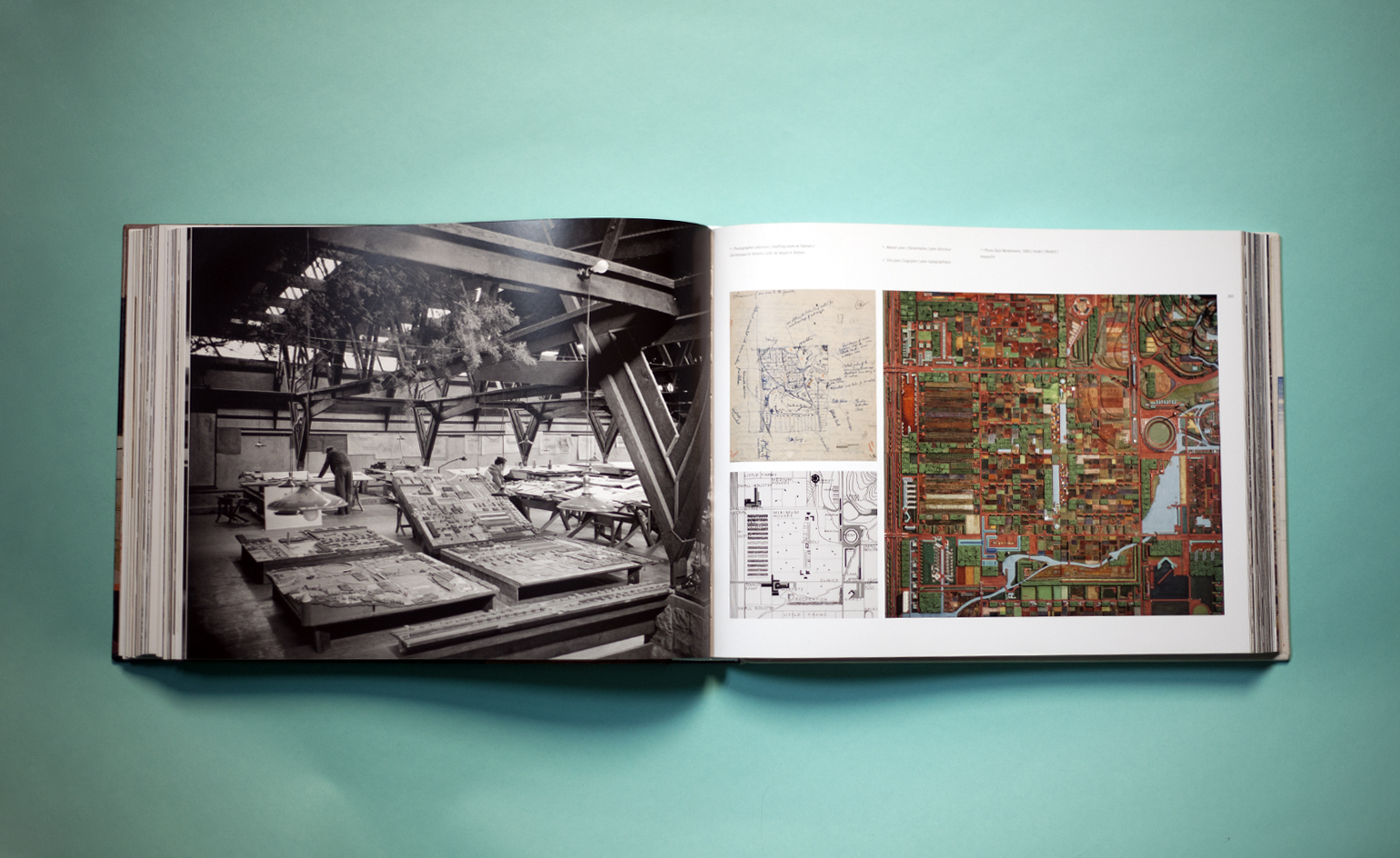
Broadacre City, the model, 1934. Left: model in the drafting room at Taliesin. Right: the master plan alongside site plan and detailed model
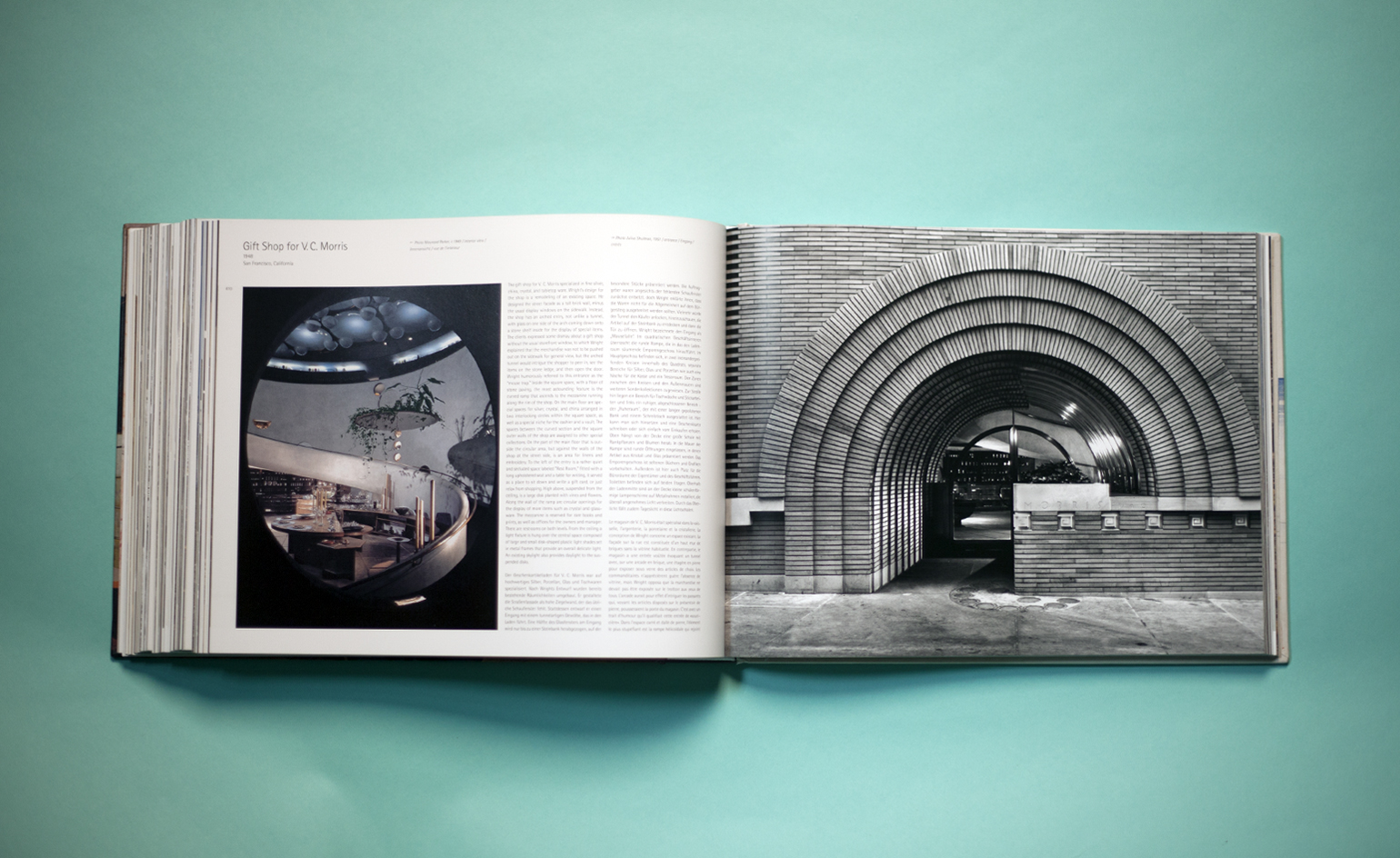
Gift shop for VC Morris, San Francisco, California, 1948. Wright's tunnel like design was a remodel of an existing space. Left: the interior view, 1949. Right: The entrance in 1951, which Wright humorously referred to as a 'mouse trap'.
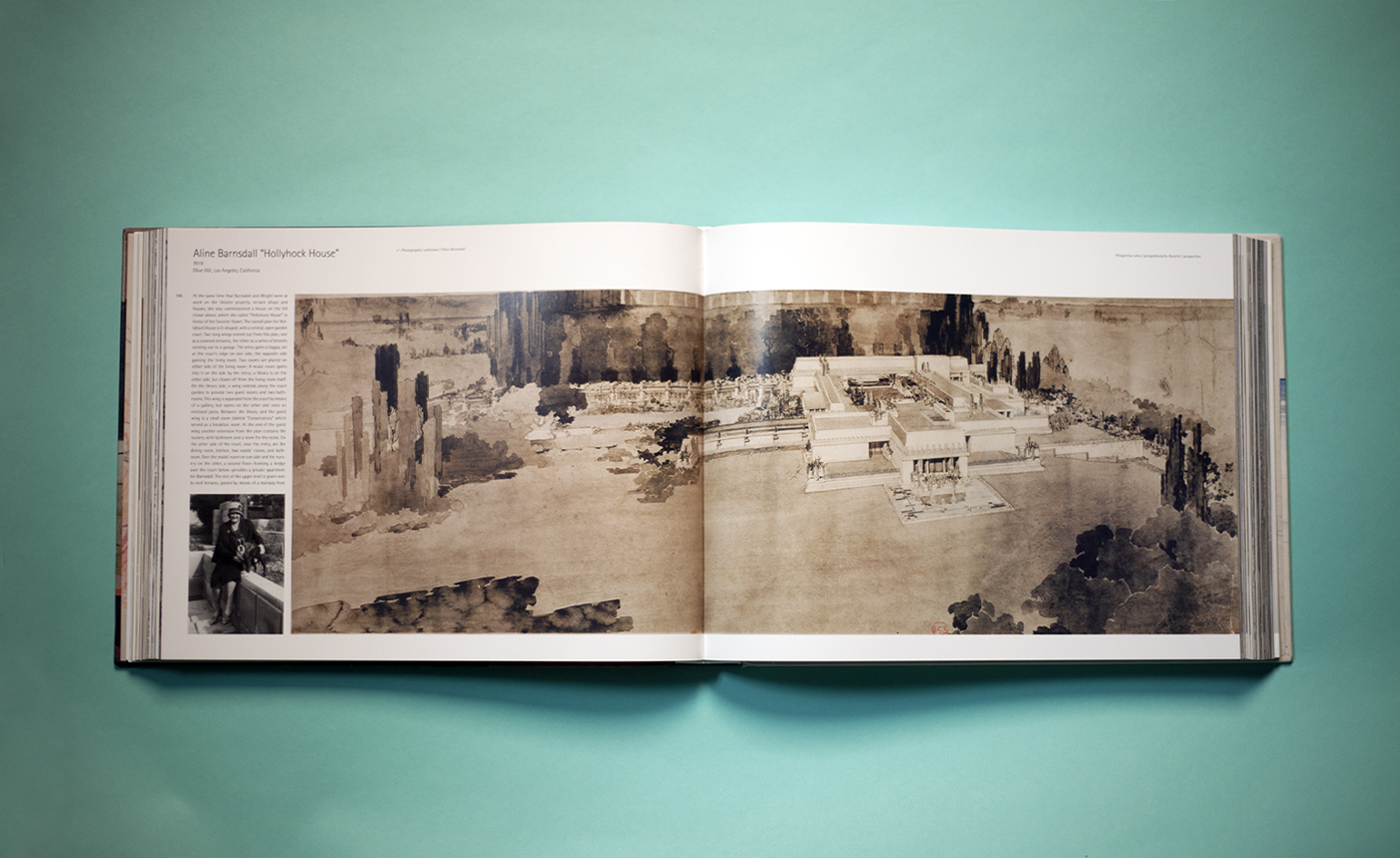
Aline Barnsdall's 'Hollyhock House', Olive Hill, Los Angeles, California, 1919. Named after Barnsdall's favourite flower, this U-shaped house was commissioned alongside theatre projects, terrace shops and houses
INFORMATION
Photography: Hanna Pasanen
Receive our daily digest of inspiration, escapism and design stories from around the world direct to your inbox.
Jonathan Bell has written for Wallpaper* magazine since 1999, covering everything from architecture and transport design to books, tech and graphic design. He is now the magazine’s Transport and Technology Editor. Jonathan has written and edited 15 books, including Concept Car Design, 21st Century House, and The New Modern House. He is also the host of Wallpaper’s first podcast.
-
 Korean designer Yoonjeong Lee tells ordinary stories in extraordinary ways
Korean designer Yoonjeong Lee tells ordinary stories in extraordinary waysWallpaper* Future Icons: Yoonjeong Lee's work is based on a fascination for utilitarian objects, from pencils to nails, recreated with innovative casting methods
-
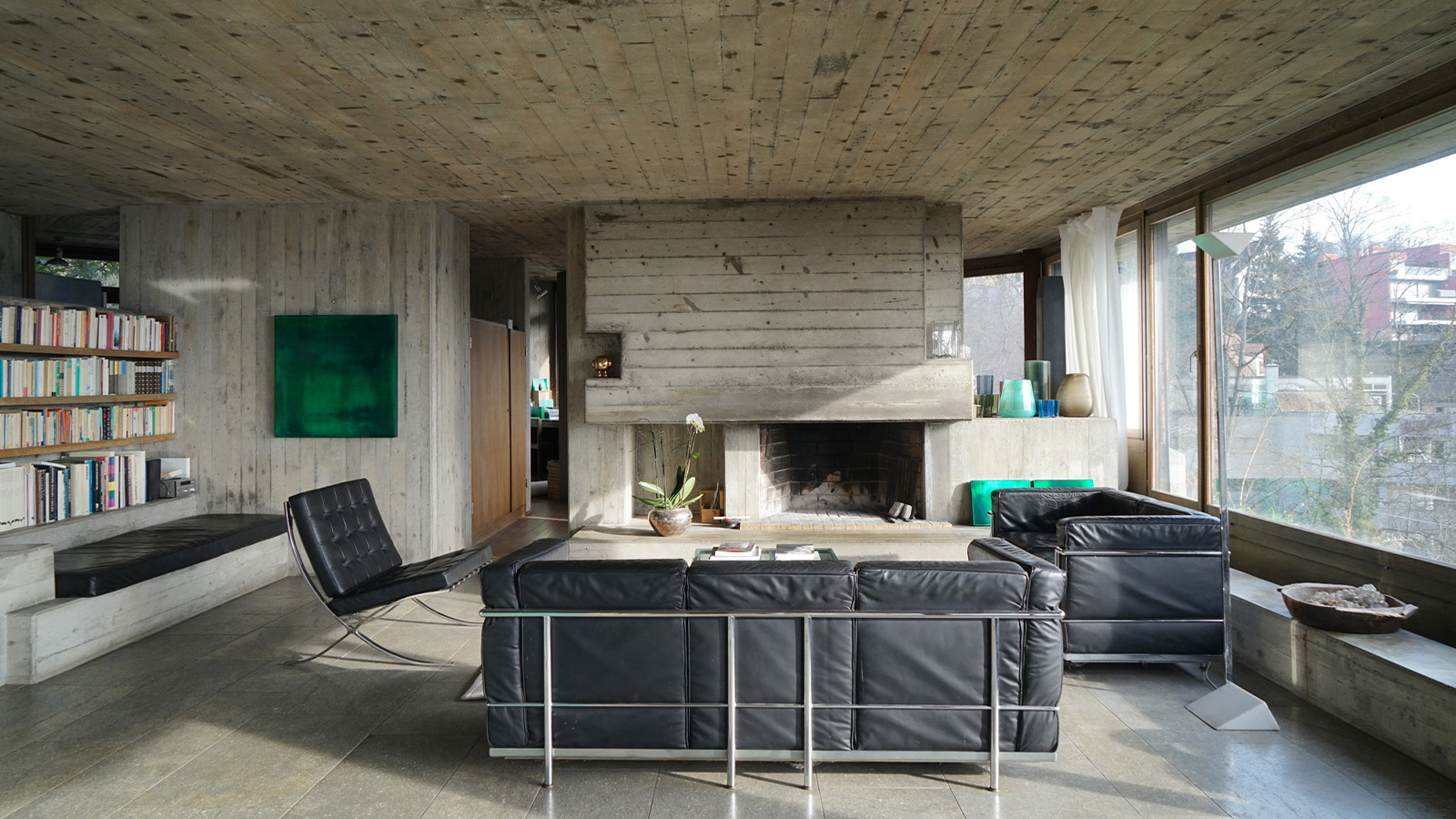 Inside architect Andrés Liesch's modernist home, influenced by Frank Lloyd Wright
Inside architect Andrés Liesch's modernist home, influenced by Frank Lloyd WrightAndrés Liesch's fascination with an American modernist master played a crucial role in the development of the little-known Swiss architect's geometrically sophisticated portfolio
-
 Volvo’s quest for safety has resulted in this new, ultra-legible in-car typeface, Volvo Centum
Volvo’s quest for safety has resulted in this new, ultra-legible in-car typeface, Volvo CentumDalton Maag designs a new sans serif typeface for the Swedish carmaker, Volvo Centum, building on the brand’s strong safety ethos
-
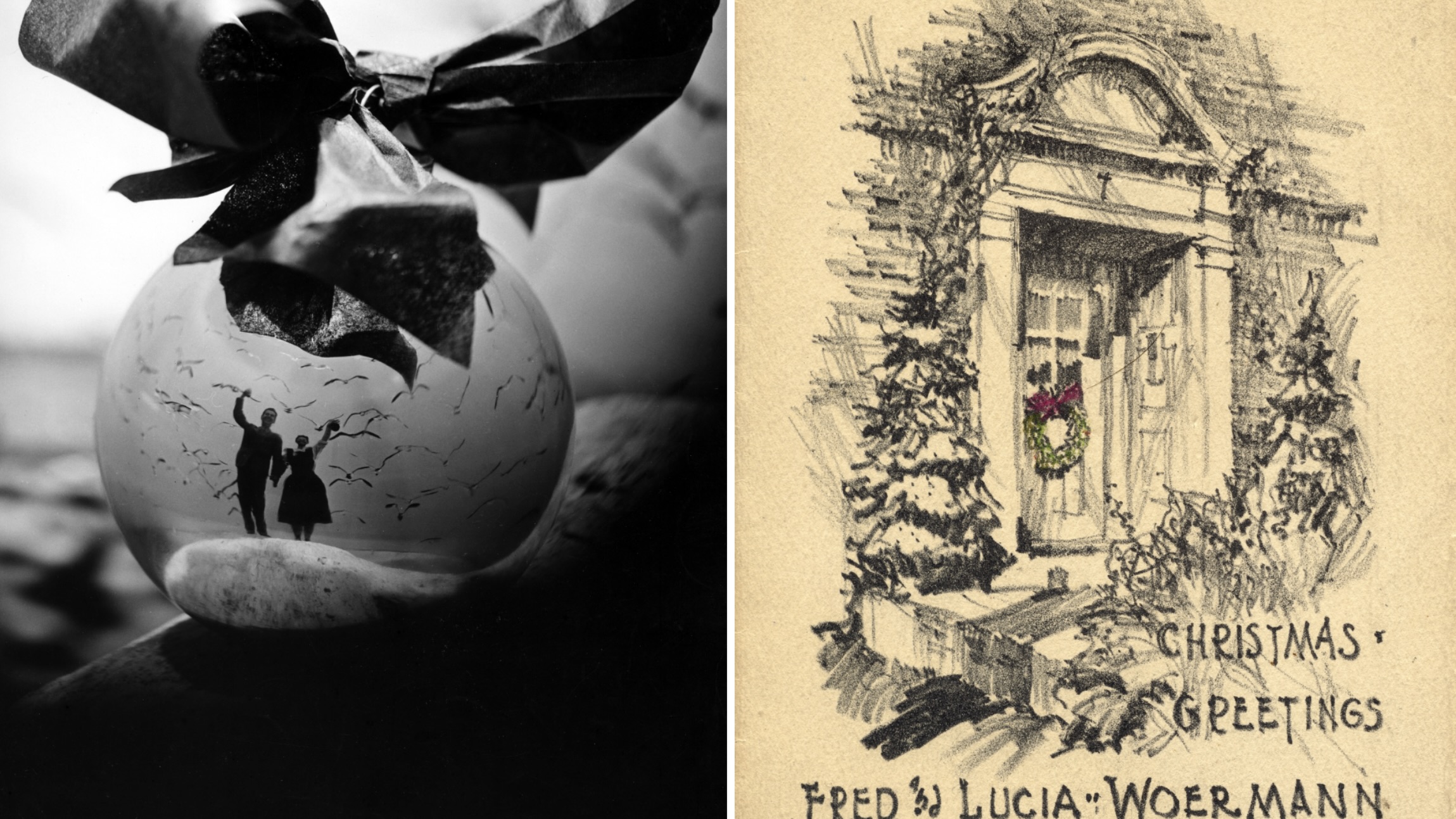 These Christmas cards sent by 20th-century architects tell their own stories
These Christmas cards sent by 20th-century architects tell their own storiesHandcrafted holiday greetings reveal the personal side of architecture and design legends such as Charles and Ray Eames, Frank Lloyd Wright and Ludwig Mies van der Rohe
-
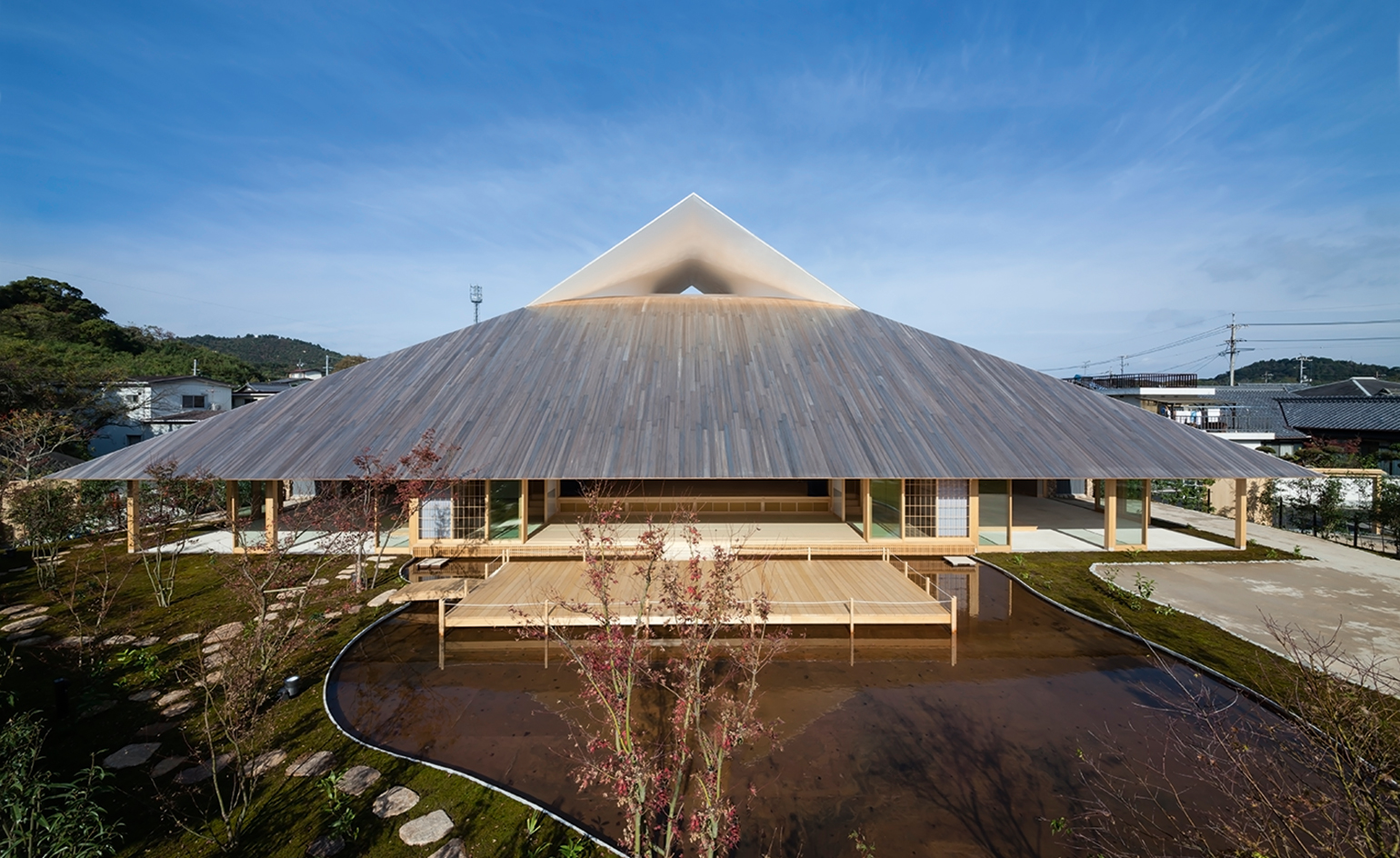 Take a tour of the 'architectural kingdom' of Japan
Take a tour of the 'architectural kingdom' of JapanJapan's Seto Inland Sea offers some of the finest architecture in the country – we tour its rich selection of contemporary buildings by some of the industry's biggest names
-
 Frank Lloyd Wright’s Fountainhead will be opened to the public for the first time
Frank Lloyd Wright’s Fountainhead will be opened to the public for the first timeThe home, a defining example of the architect’s vision for American design, has been acquired by the Mississippi Museum of Art, which will open it to the public, giving visitors the chance to experience Frank Lloyd Wright’s genius firsthand
-
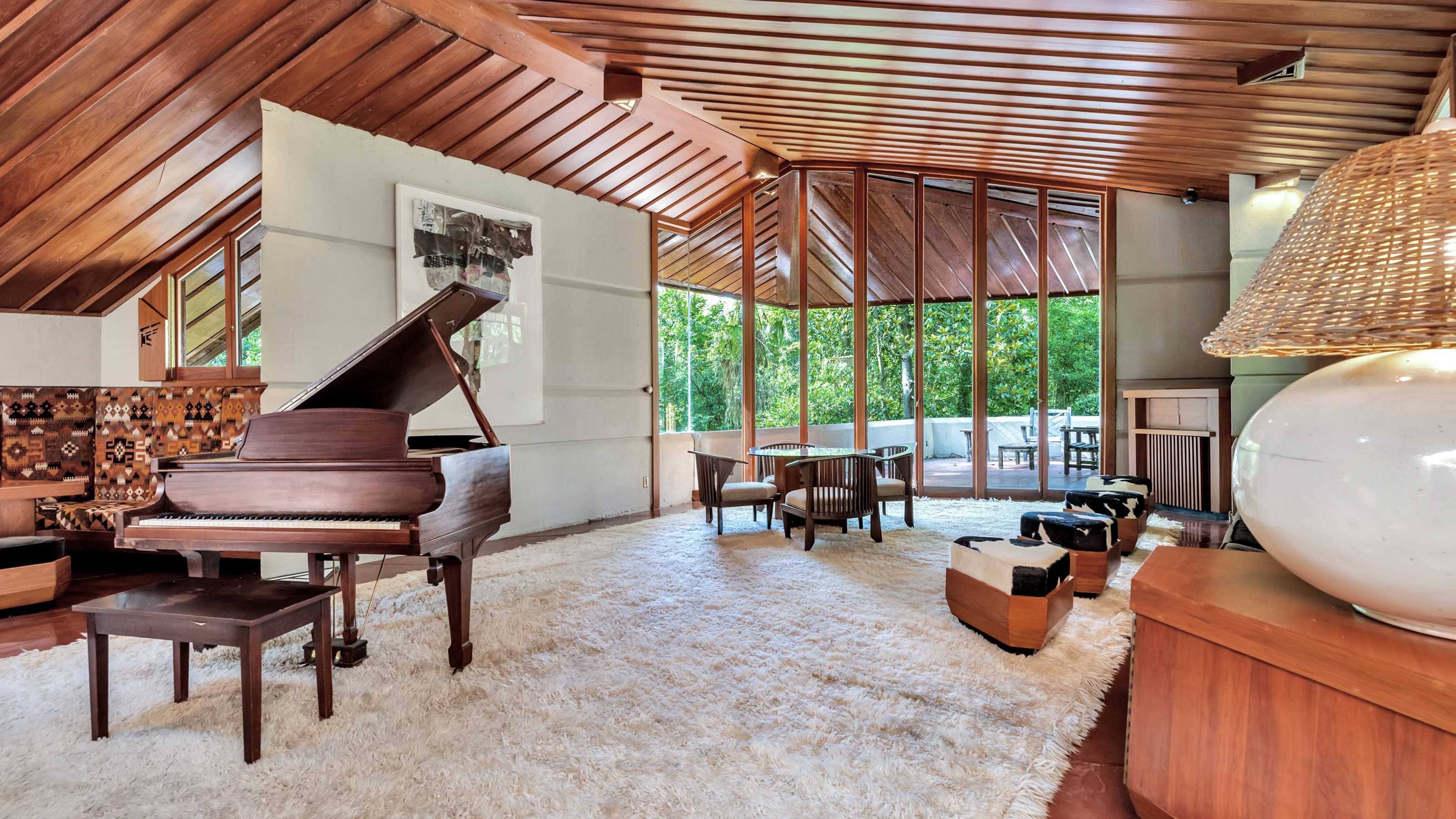 Frank Lloyd Wright’s The Fountainhead – a shining example of Usonian design – is now on the market
Frank Lloyd Wright’s The Fountainhead – a shining example of Usonian design – is now on the marketThis quintessential Wright home – built in a vibrant mid-century neighbourhood – was named after a novel inspired by the architect
-
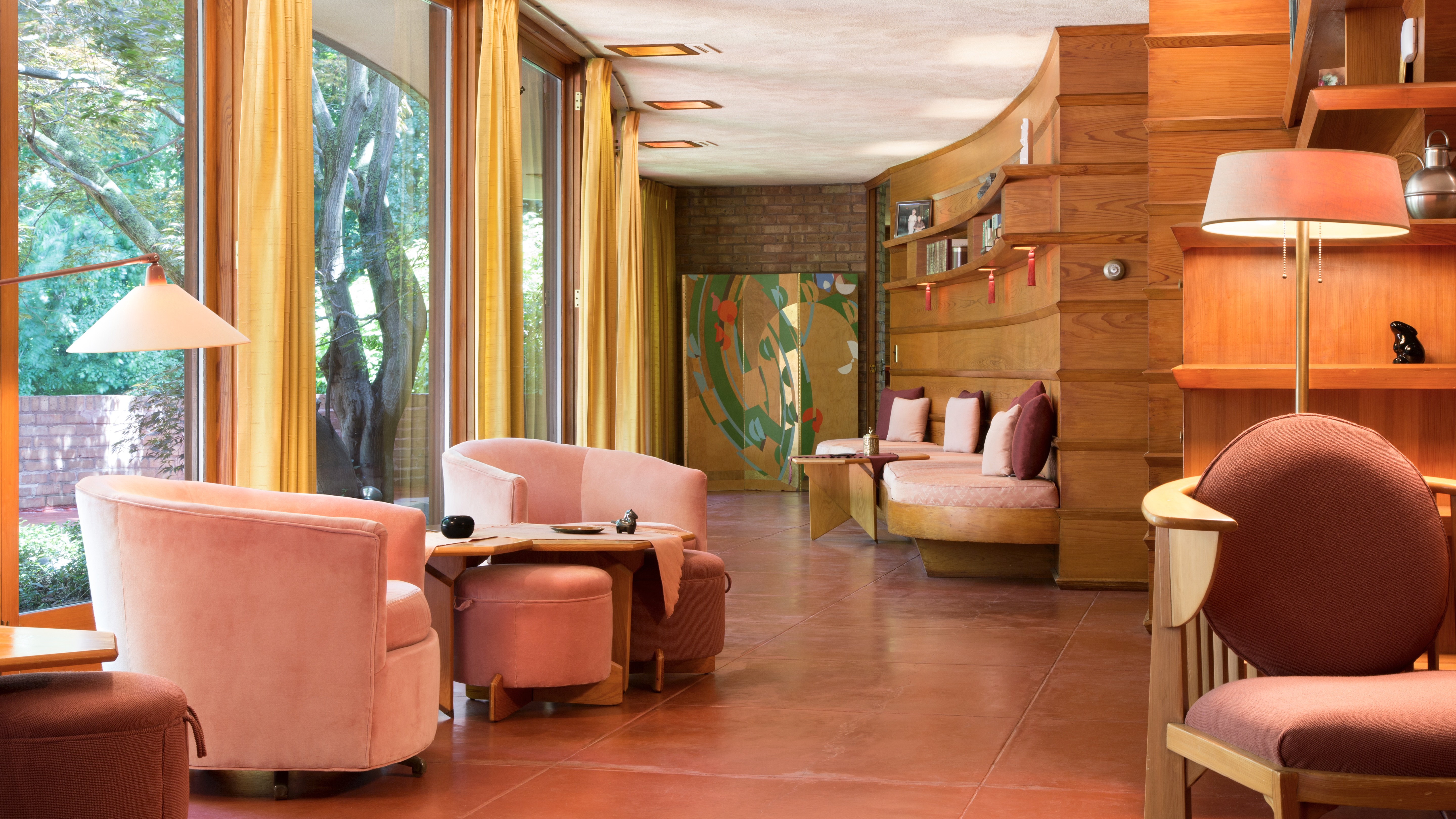 Inside Frank Lloyd Wright’s Laurent House – a project built with accessibility at its heart
Inside Frank Lloyd Wright’s Laurent House – a project built with accessibility at its heartThe dwelling, which you can visit in Illinois, is a classic example of Wright’s Usonian architecture, and was also built for a client with a disability long before accessibility was widely considered
-
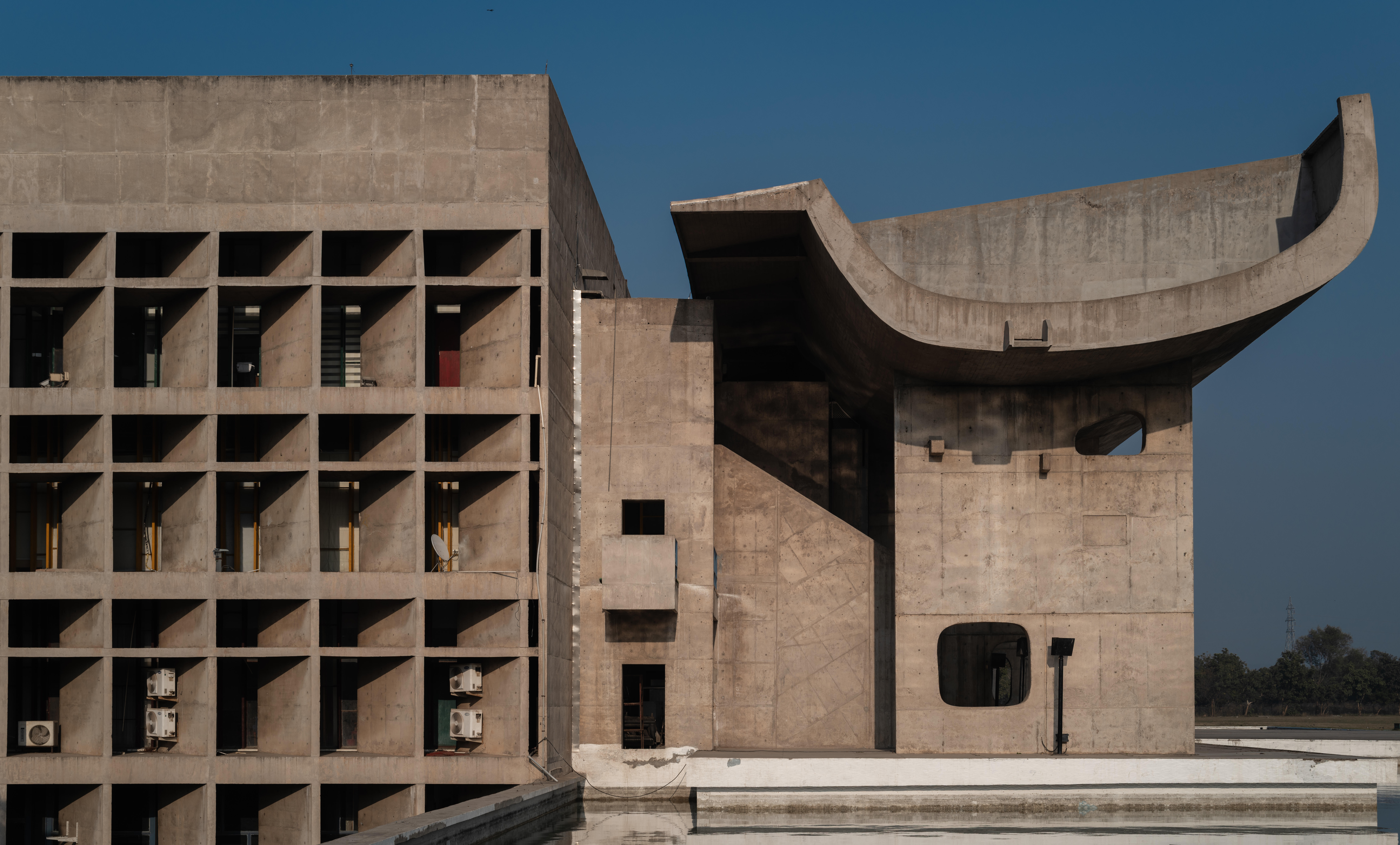 A guide to modernism’s most influential architects
A guide to modernism’s most influential architectsFrom Bauhaus and brutalism to California and midcentury, these are the architects who shaped modernist architecture in the 20th century
-
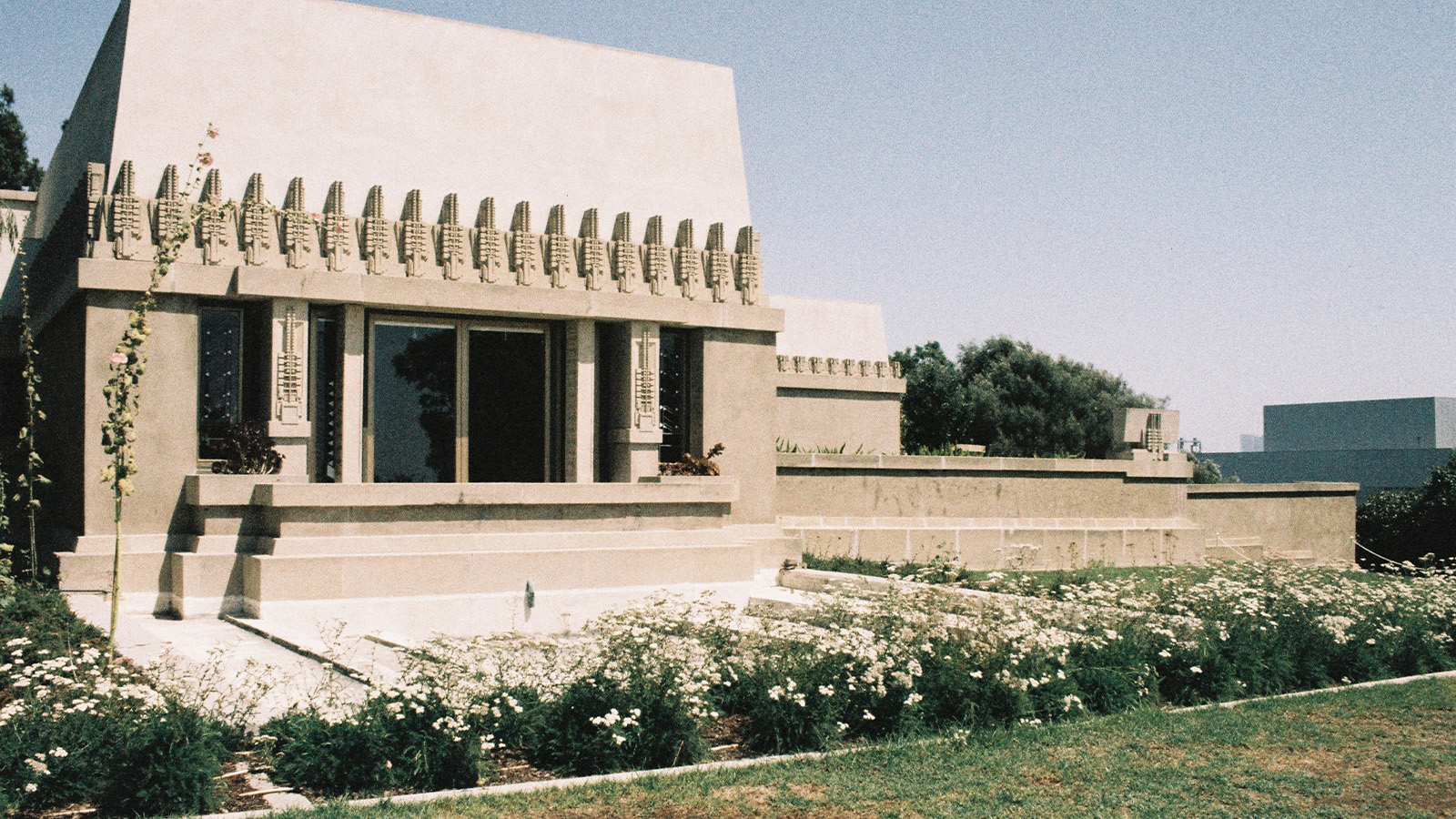 Frank Lloyd Wright’s first Los Angeles home faces closure
Frank Lloyd Wright’s first Los Angeles home faces closureFrank Lloyd Wright’s Hollyhock House is the city’s first UNESCO World Heritage Site. Now amidst city budget cuts, it will face closure and its status at the risk of being delisted
-
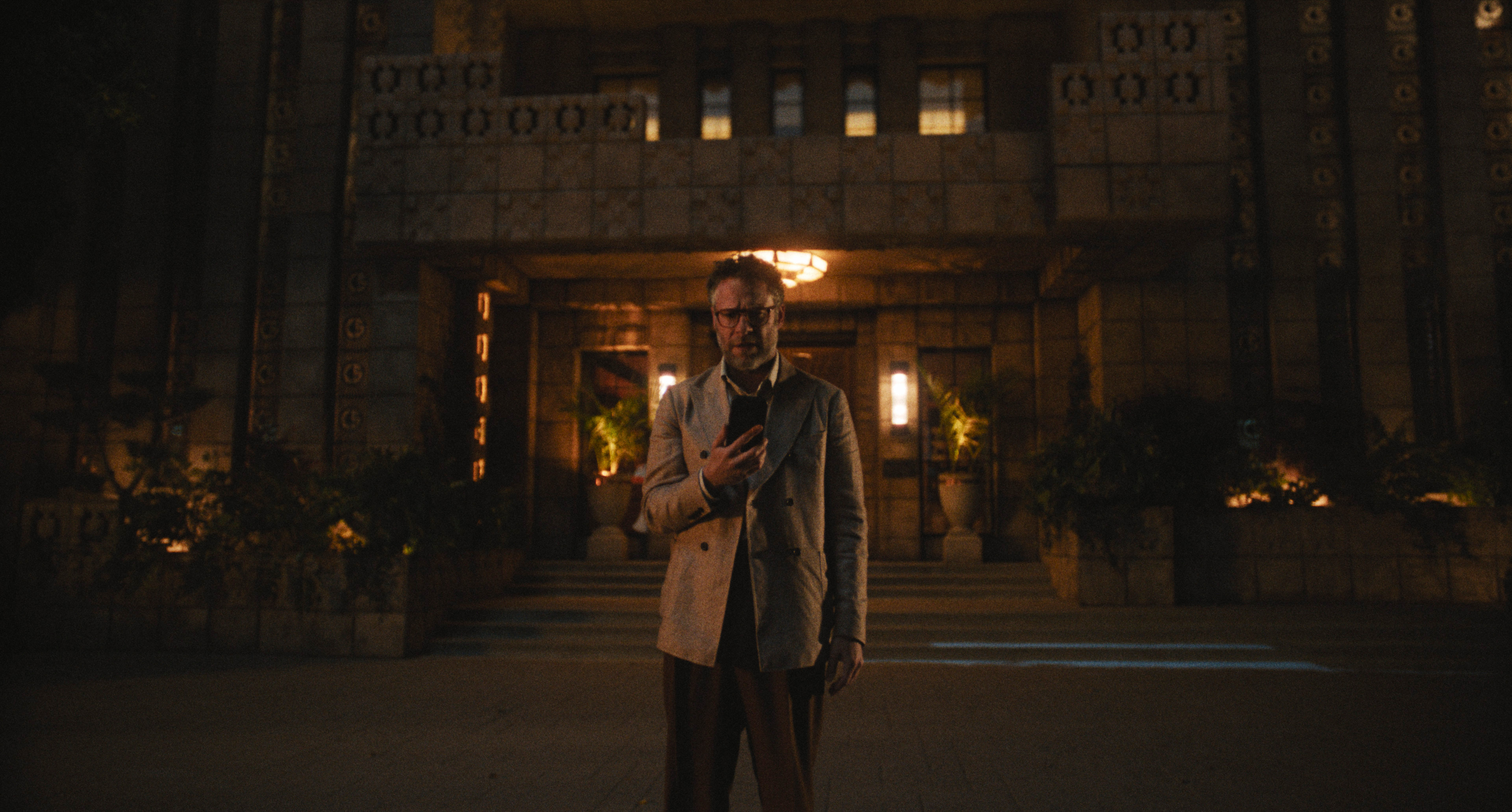 In Seth Rogan's 'The Studio', midcentury masterpieces are the star
In Seth Rogan's 'The Studio', midcentury masterpieces are the starThe AppleTV+ series features some architectural gems which eagle-eyed audiences will have recognised